Great Telemark Experiences

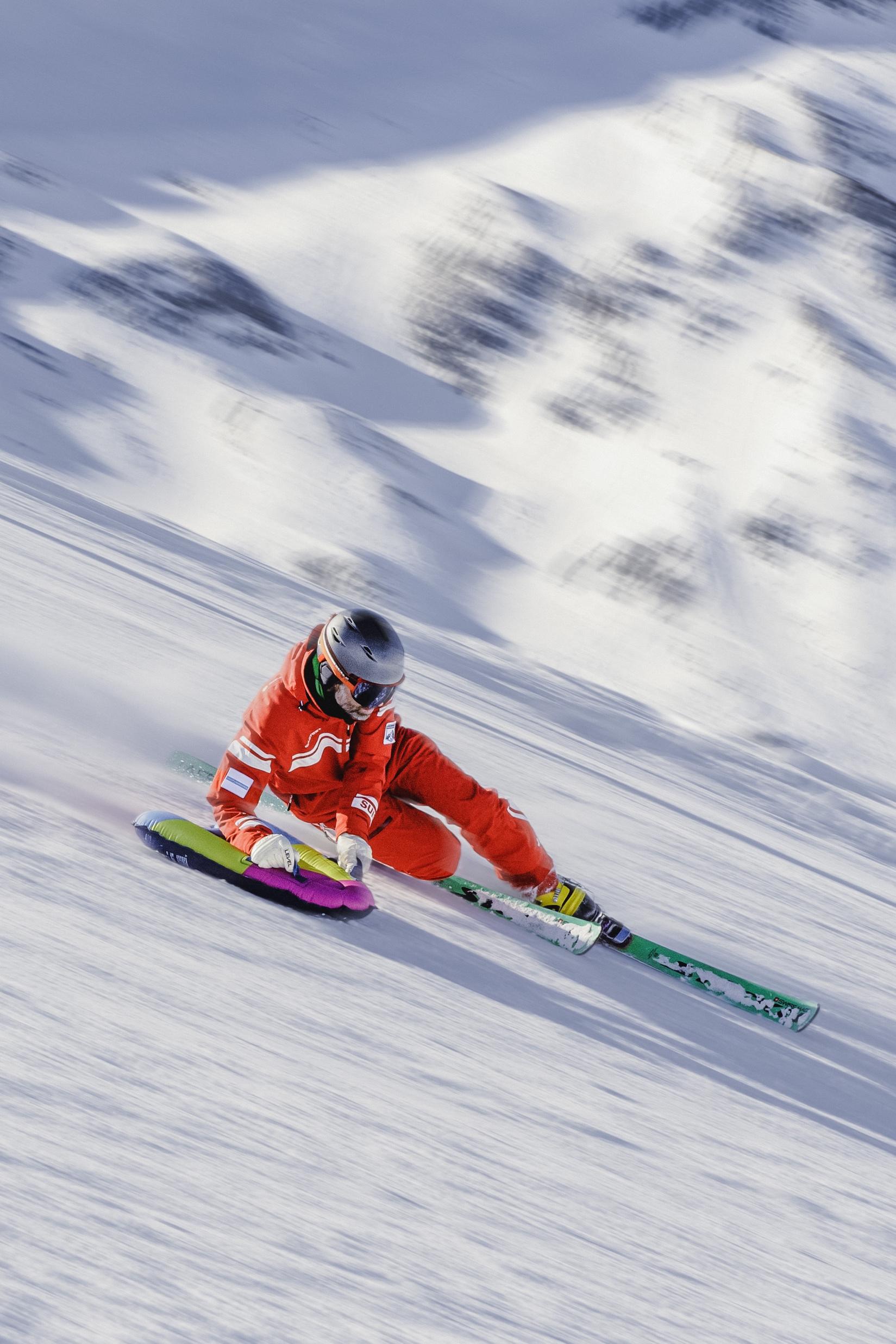
Great Telemark Experiences
The Interski Telemark survey

Telemark position — The center of mass
A telemark Experience –the piste performer

Timing our movements: lead change and edge change

Telemark specific movement patterns
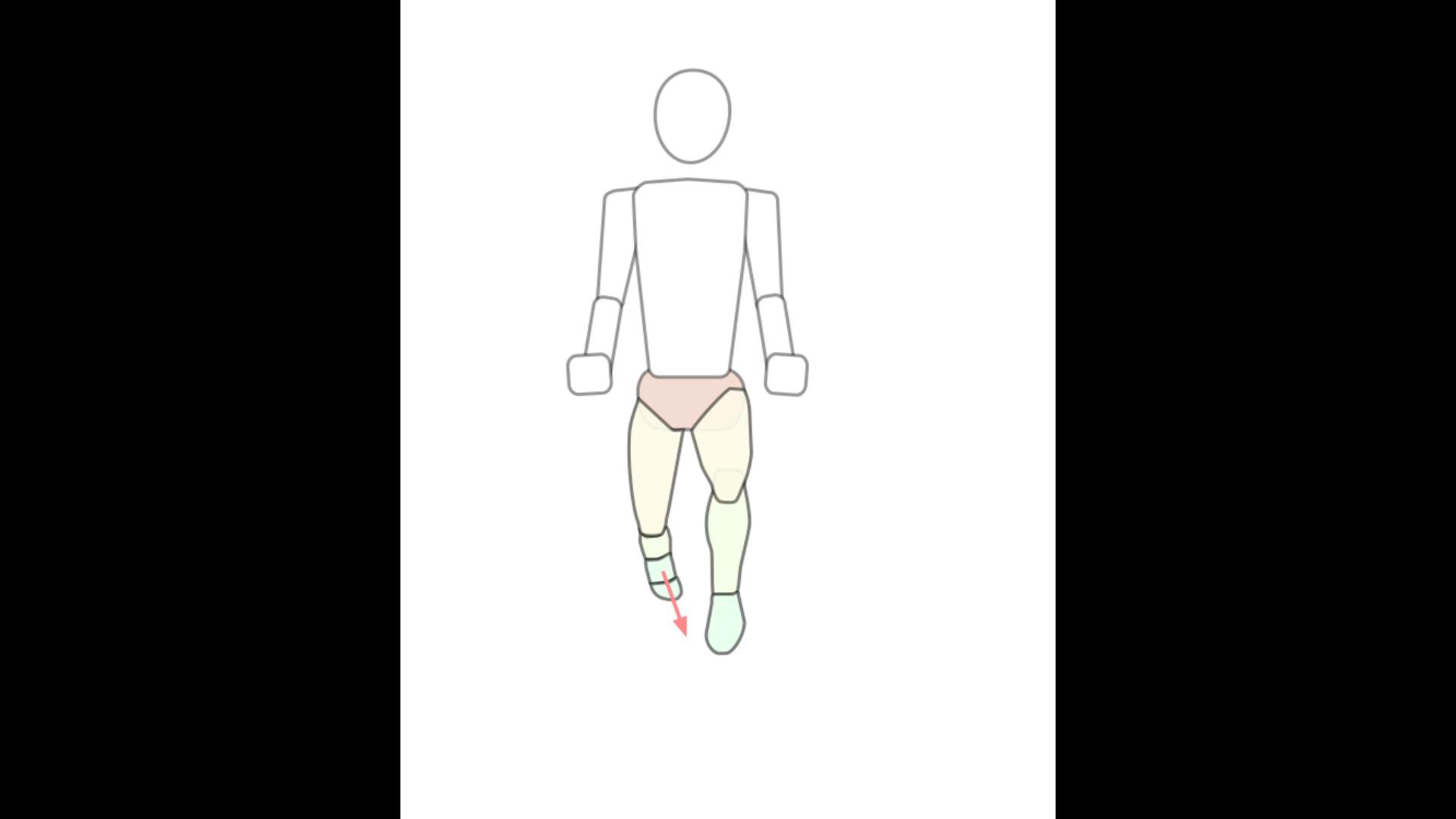
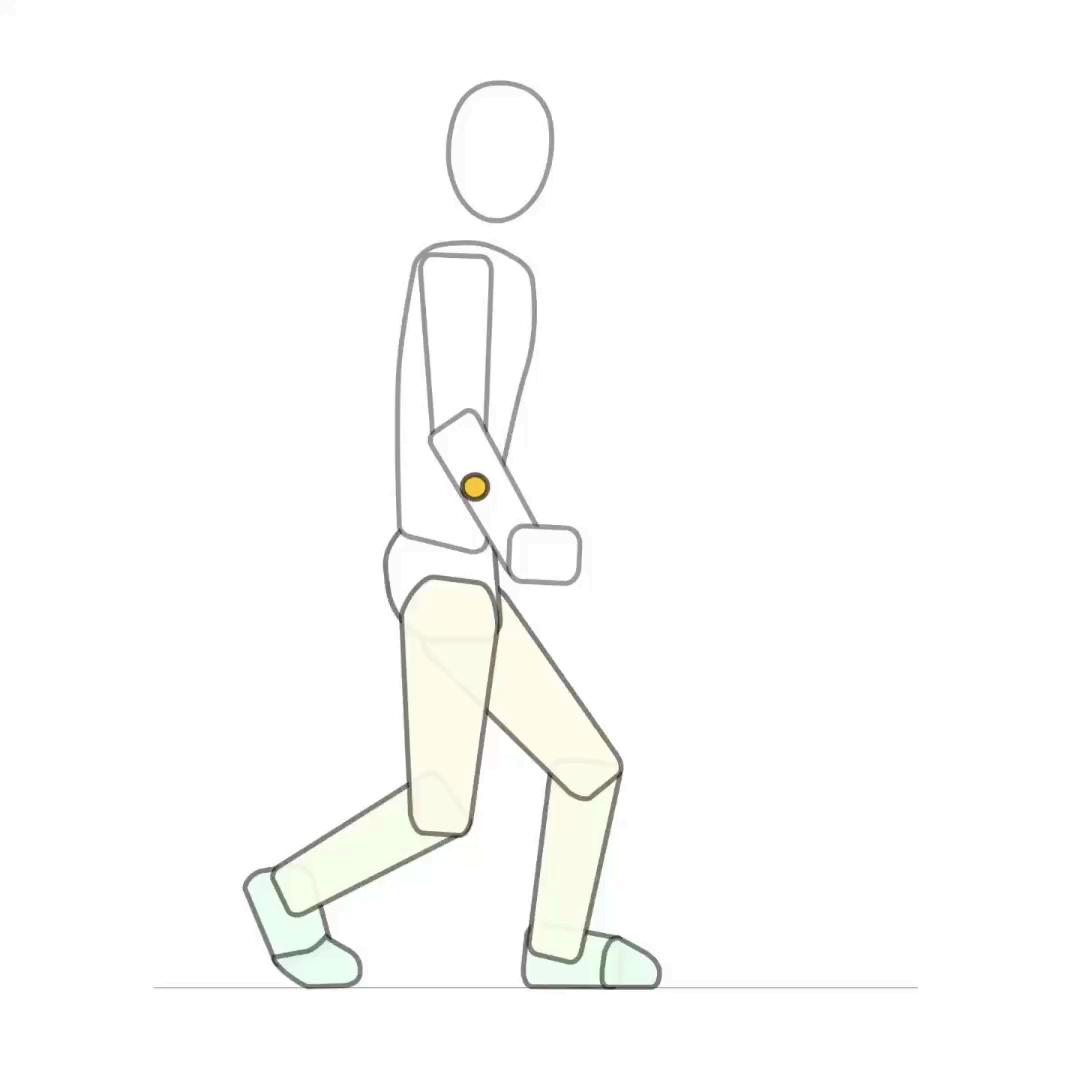
Interski 2019 survey Pamporovo/ Bulgaria

Do you remember this?
What type of telemarker are you?
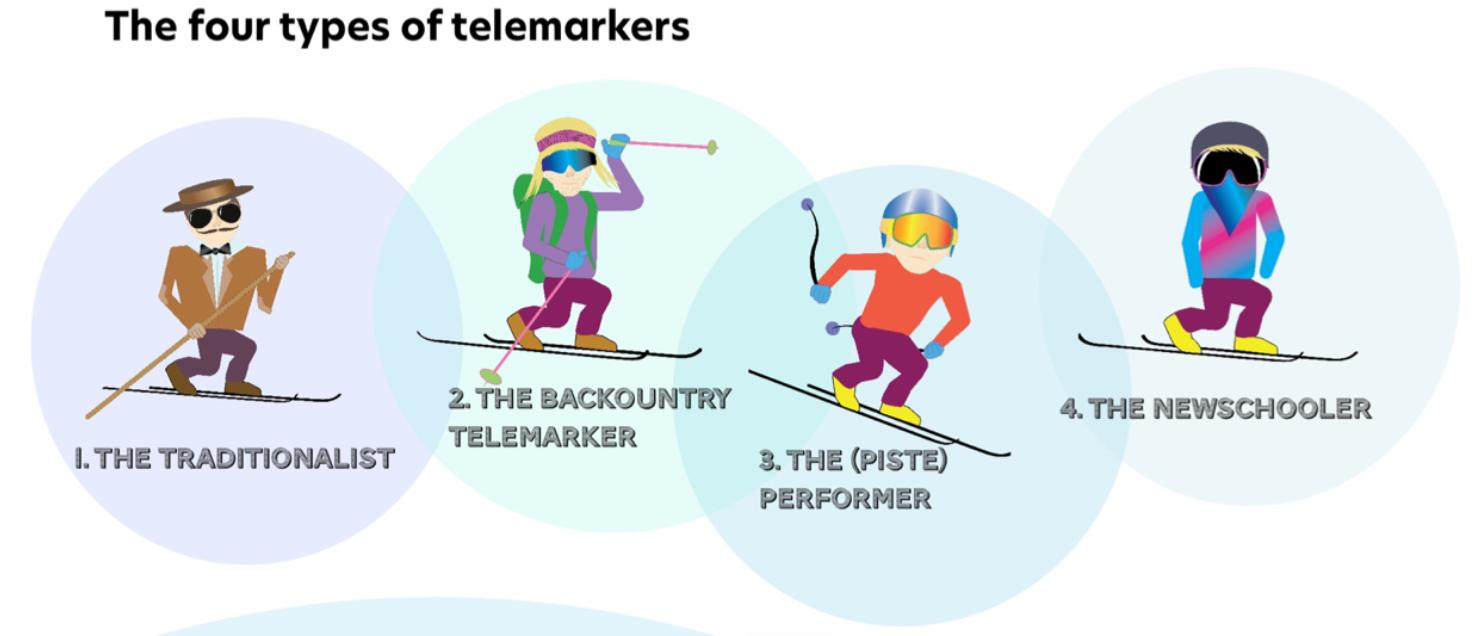
Who took part in the survey?
∙ 84 Telemarkers at Interski (BUL)
168 Swiss Snowsport members (Telemarkers and also “just” Skiers)


What does it show?
∙ Both the Interski participants and the swiss instructors listed enjoying the technical challenge as the most important motivating factor in telemarking (Interski group: 79%, Swiss instructors: 82%)
∙ By contrast, very few respondents listed enjoying being different as a motivating factor to practice telemarking (Interski group 27%, Swiss Instructors : 18%)

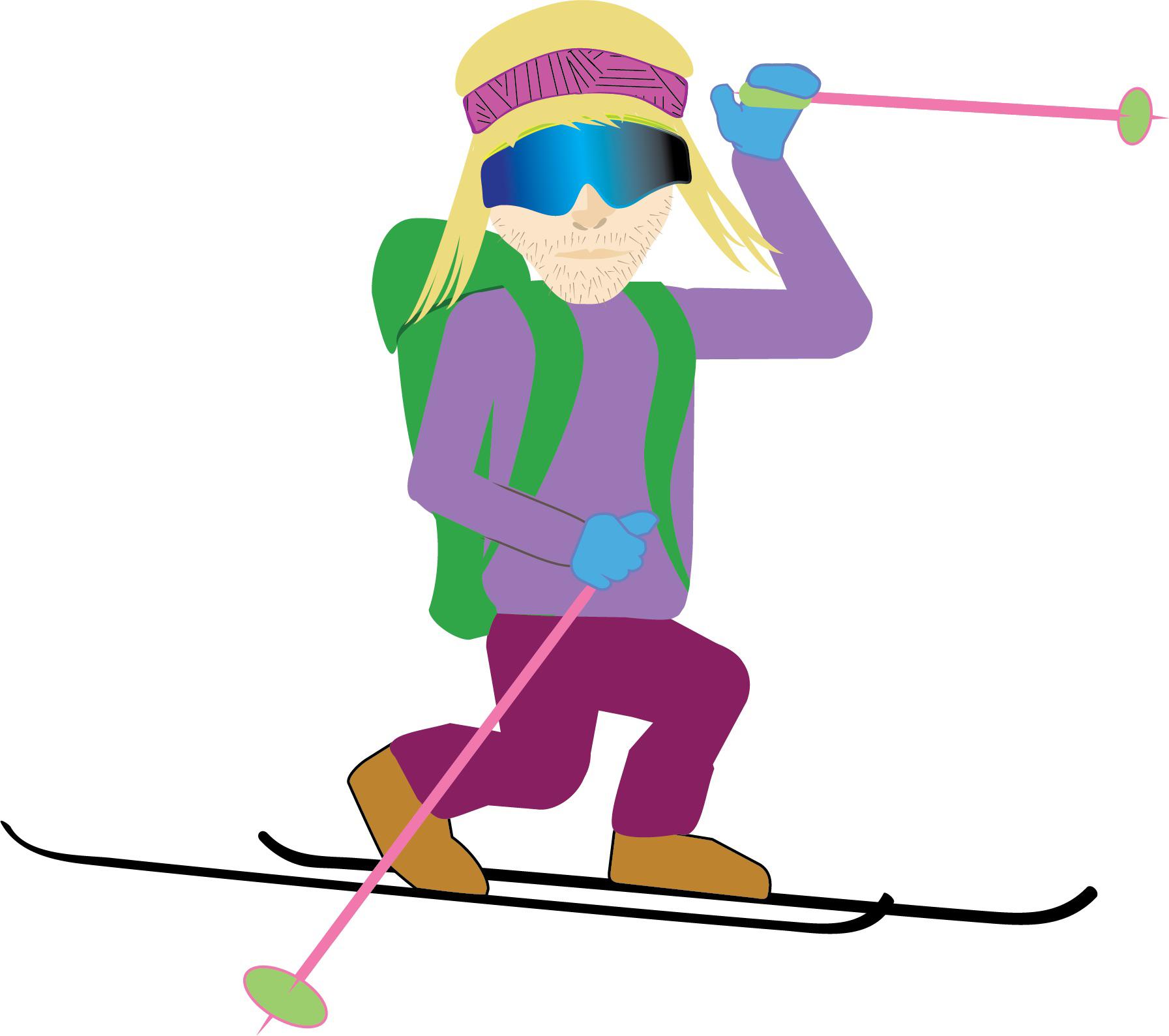
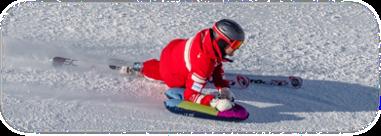
Interski group: Likes and dislikes

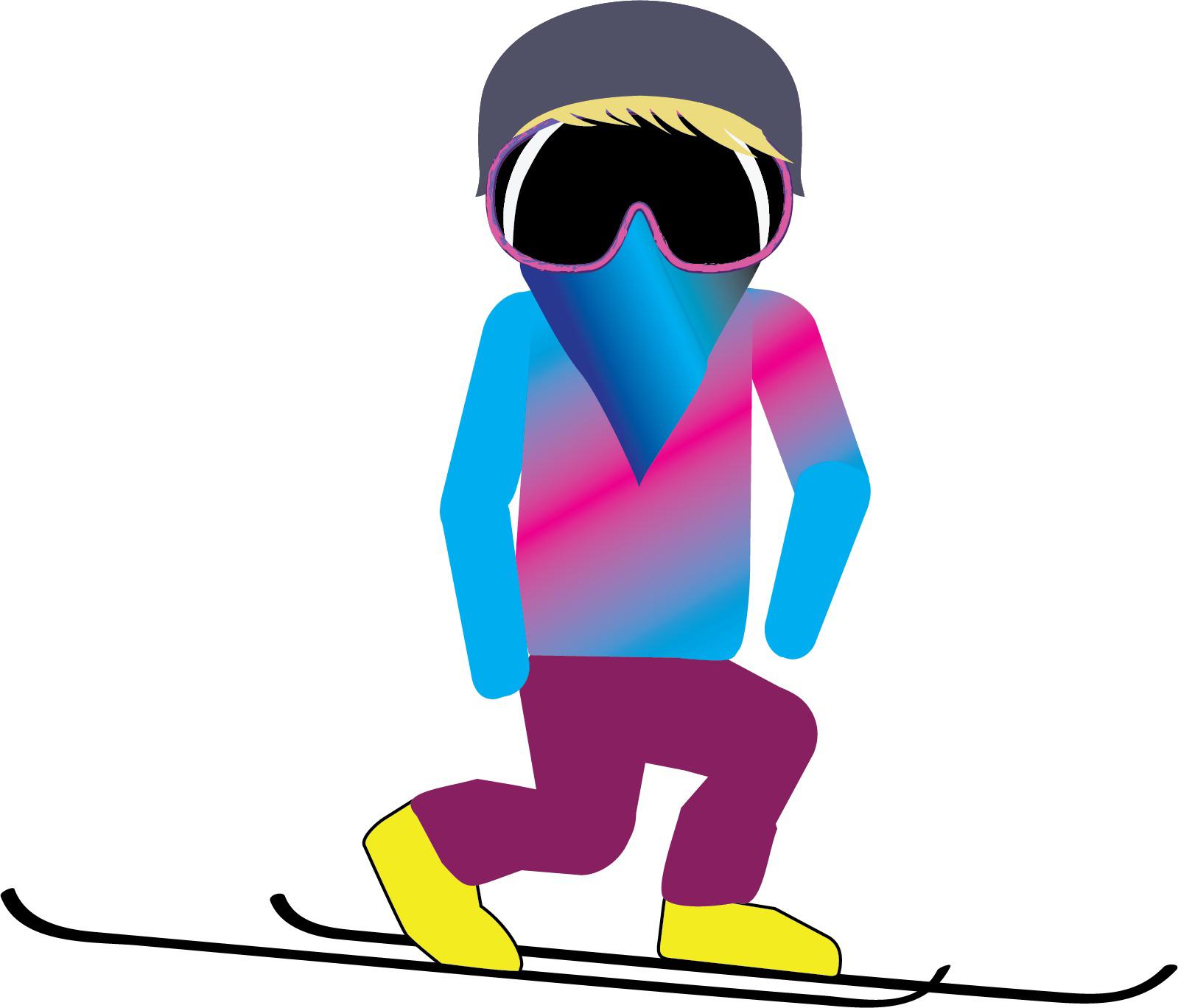


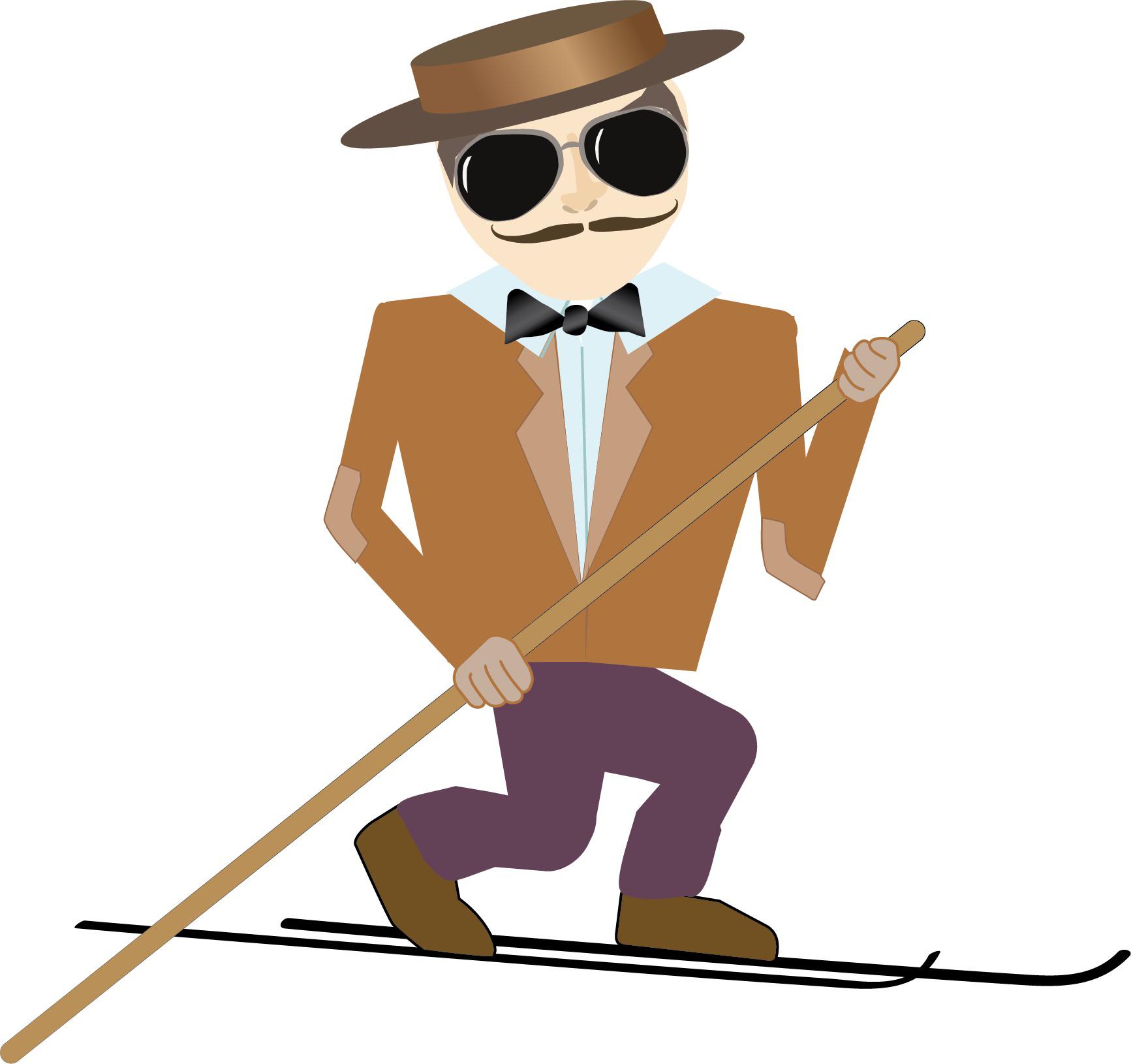
Conclusion: it’s what we expected!
∙ Everyone likes the piste performer
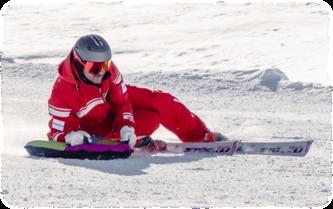
∙

You don’t like what you don’t practice
Ø empowerment -> do more freestyle and…
∙ the telemarkers at the Interski 2019 were old farts ;-) (57% were more than 40 years old)
A basic recipe for great telemark experiences
∙
We engage our participants emotionally and cognitively
∙
We challenge the participants with tasks taking them out of their comfort zone
∙ We choose the tasks and forms depending on snow and weather conditions

∙ We learn by experience. Reflecting on this experience helps us learn effectively.
∙ We avoid discussing methodological inputs during the teaching sequence
Education in Switzerland

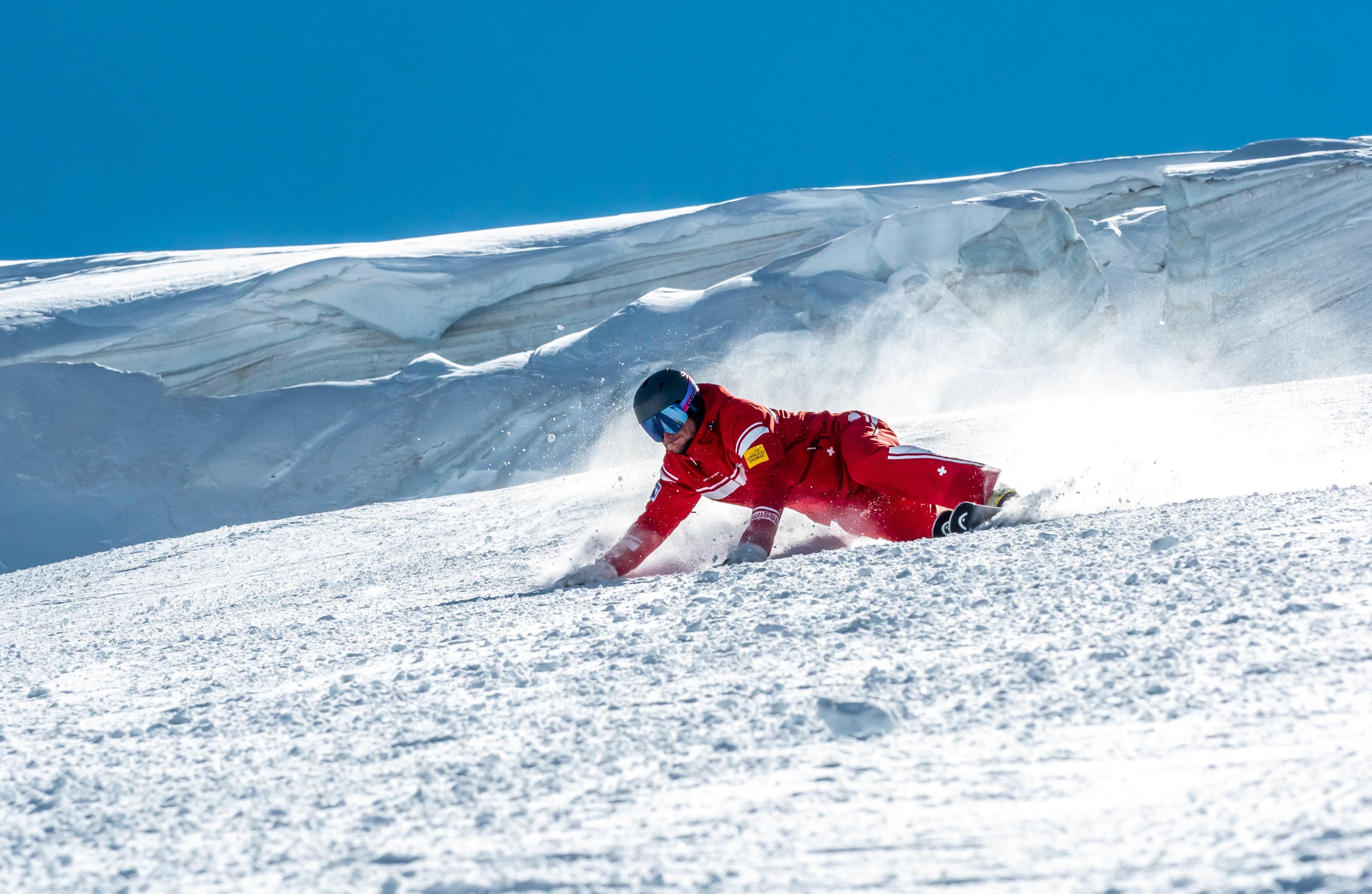
∙
What buildup do we use to help learners achieve challenging forms?
Telemark specific movement patterns
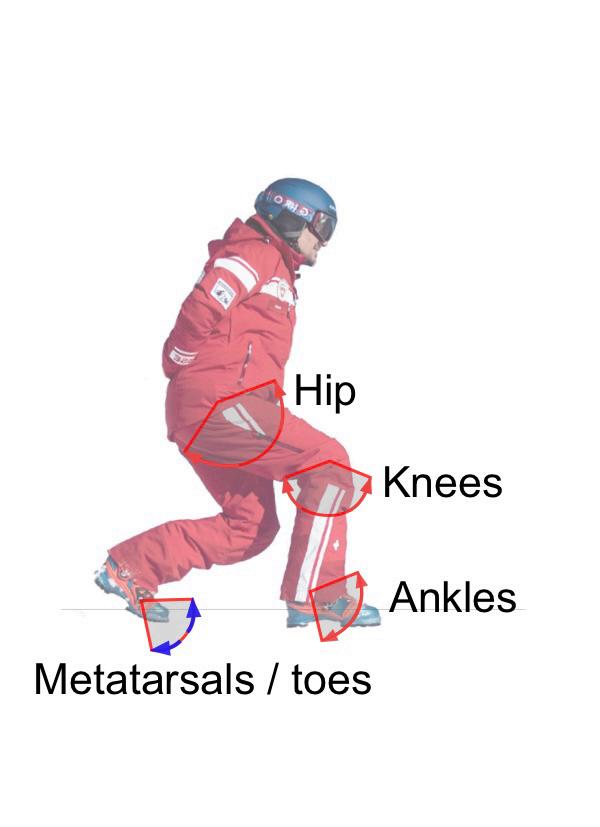
Some movements aren’t relevant in alpine skiing

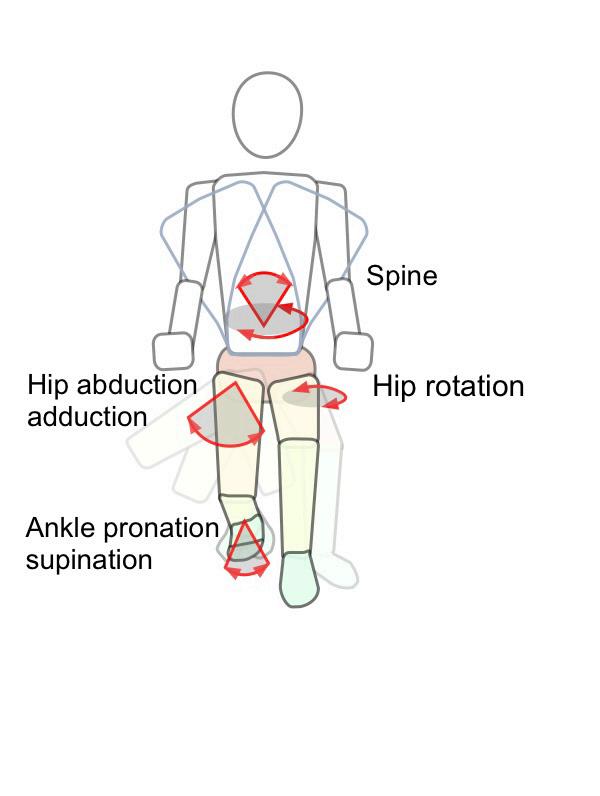
Telemark specific movement patterns
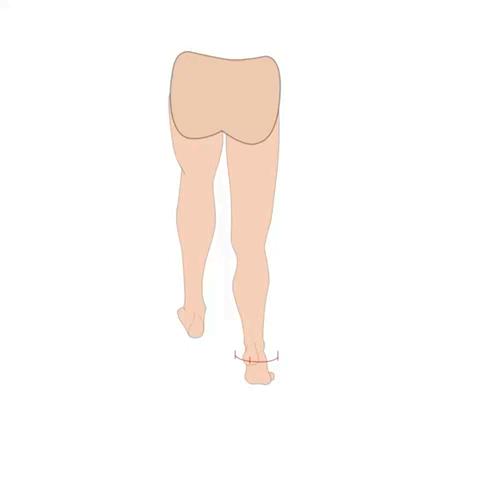
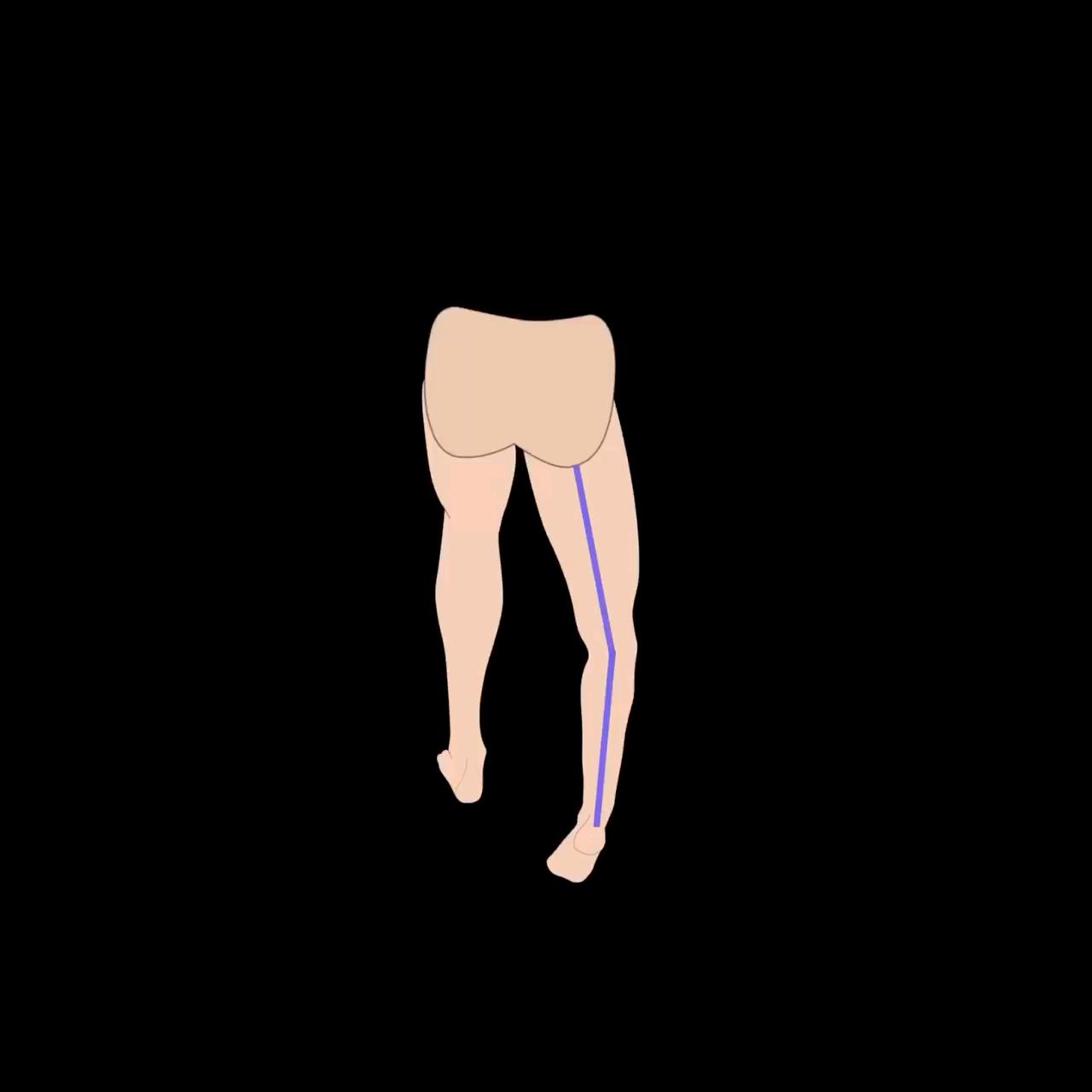
These movement patterns are important for steering and maintaining balance

Telemark Position: the center of mass
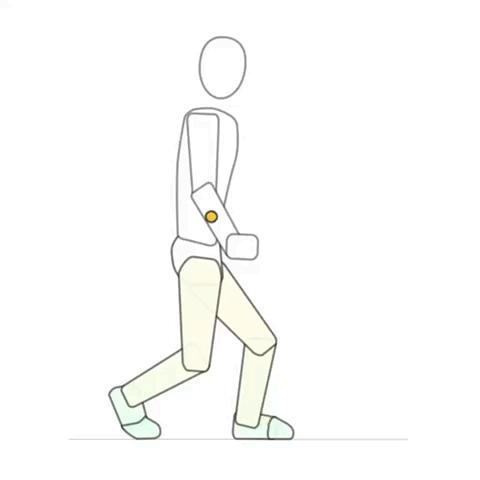
We need to maintain our center of mass above our base of support in order to maintain balance
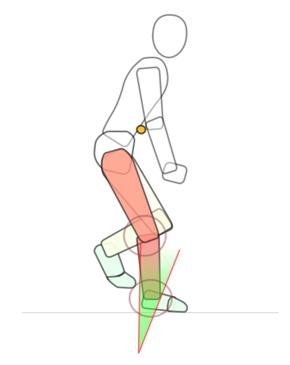
The telemark position extends our base of support

The telemark position is dynamic; this allows us to adapt to the increasing forces acting upon us
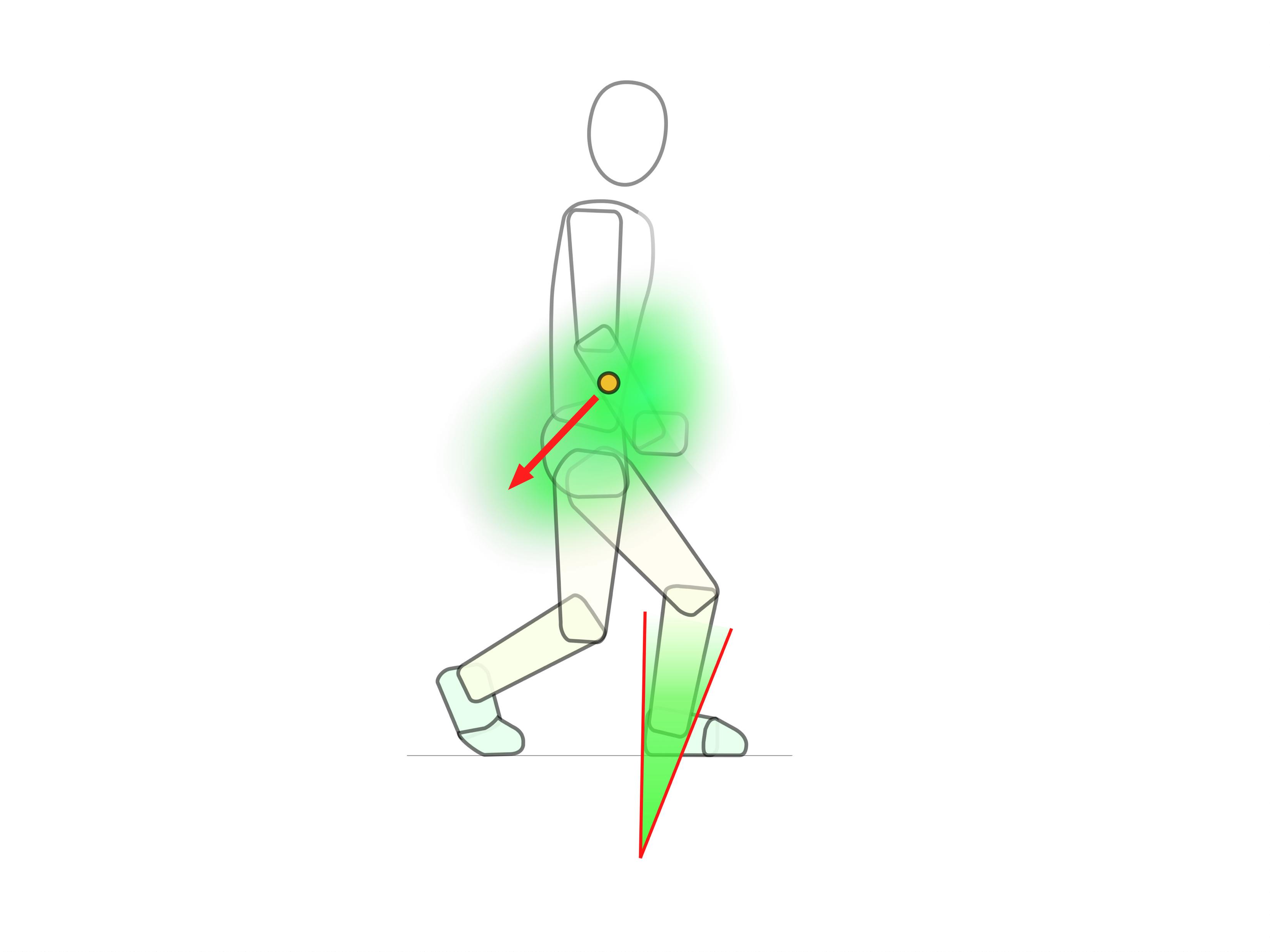
The telemark technical model: from the snow up
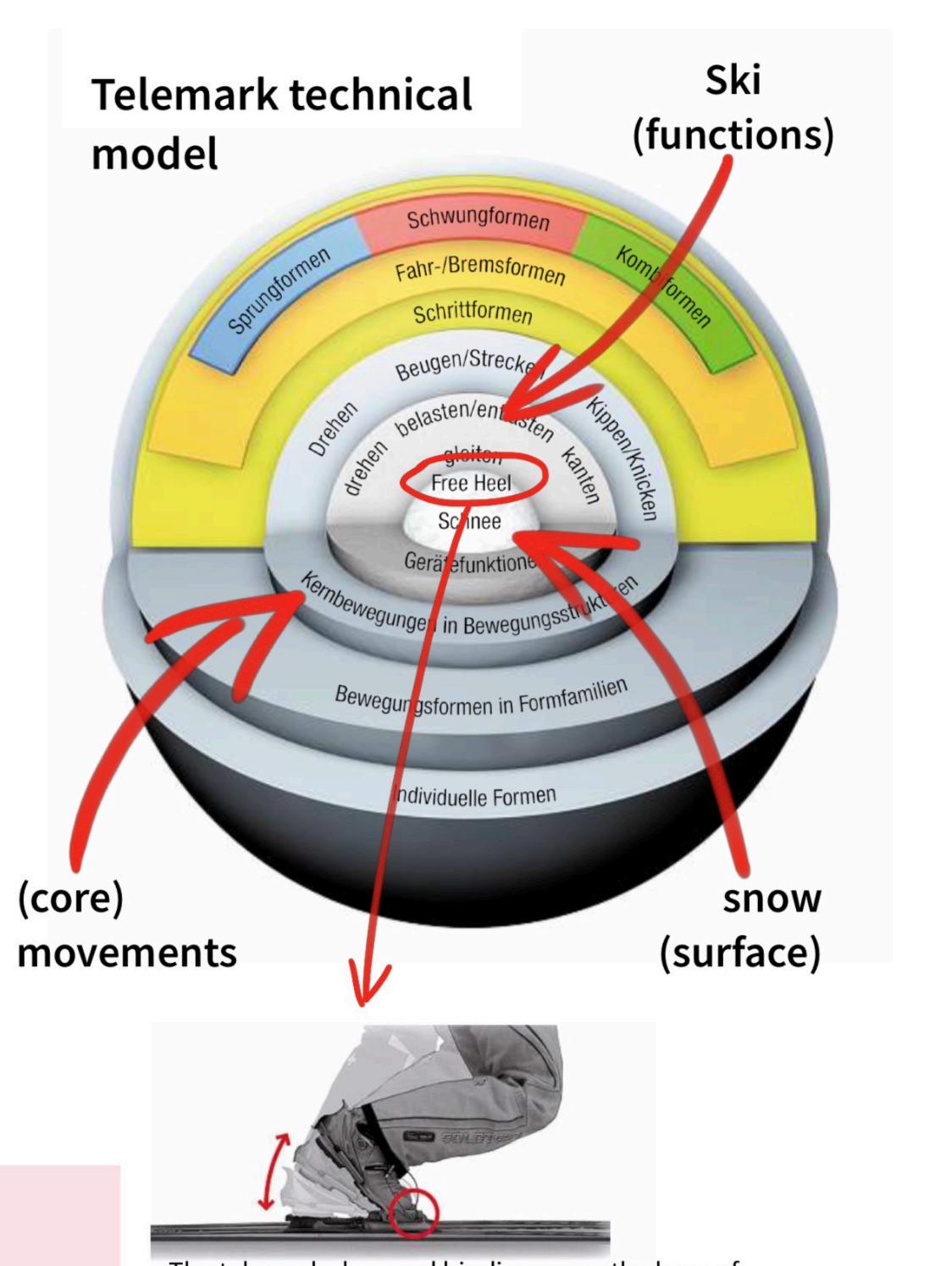

The technical model describes the interaction between:
• The snow

• The ski (core functions)


• The body (core / key movements)
Outcomes (for example a controlled short turn in steep icy terrain) can be described in terms of the interactions between these 3 elements
Form progression
Forms (types of outcomes) are ordered in a 3 layered model.

• At the center, we find our core form
• In the second layer, we find our reference forms

• All other outcomes are defined as form variants (short turns and a carved turns are examples there of)
The telemark basic turn is the core turning form (outcome). It is achieved by blending core/key movements in order to perform a turn with a smooth, continuous lead change and a functional telemark position.
Form progression: reference forms
Reference forms are achieved by emphasizing one core/key movement at the turn initiation, while minimizing other movements
These types of turns can be used as stepping stones in a progression towards a desired outcome (for example: performing a short turn)
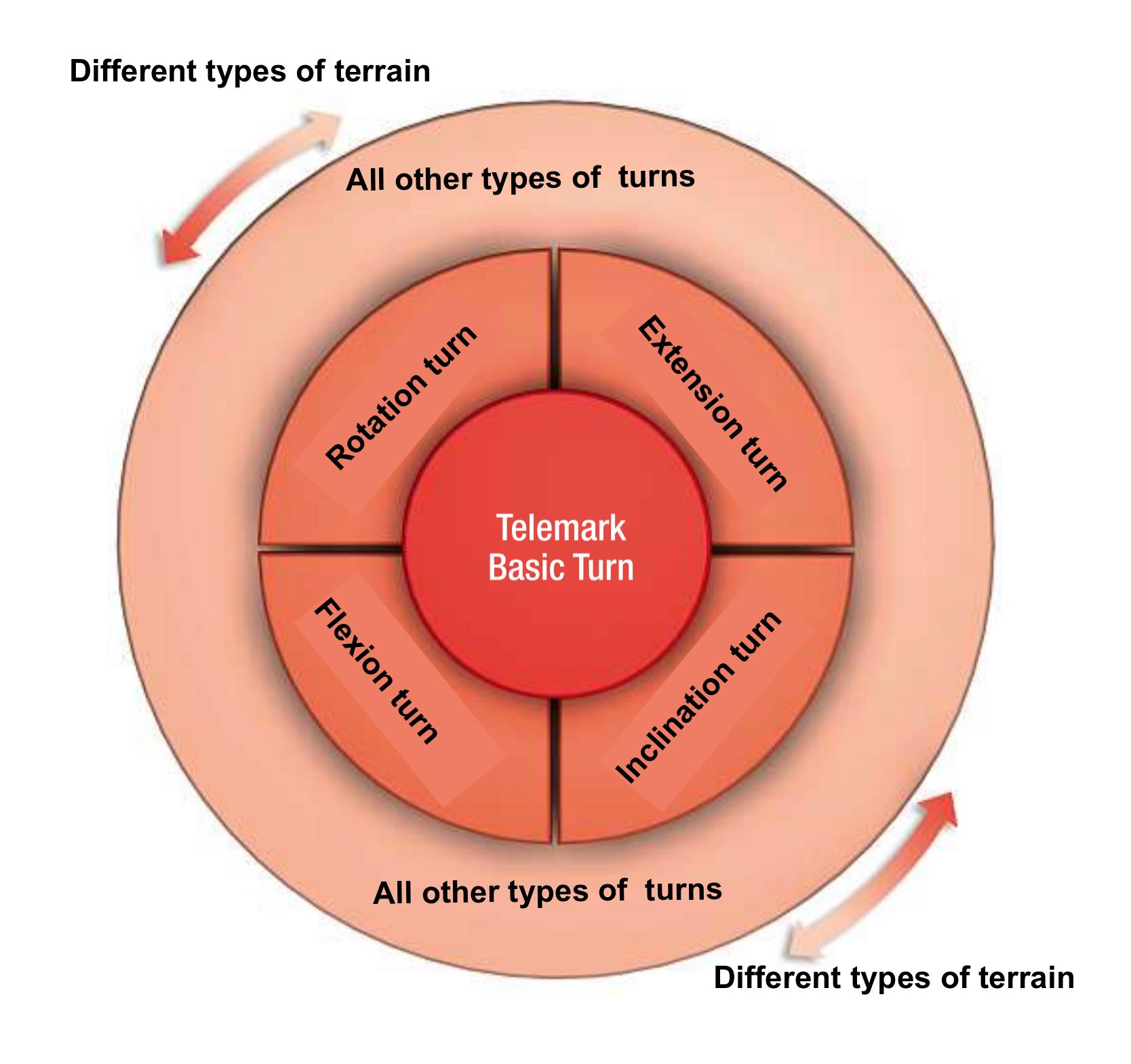
The goal is to experience different movement patterns to initiate a turn that can be later utilized and blended together in order to perform more complex outcomes

Timing movements during a turn
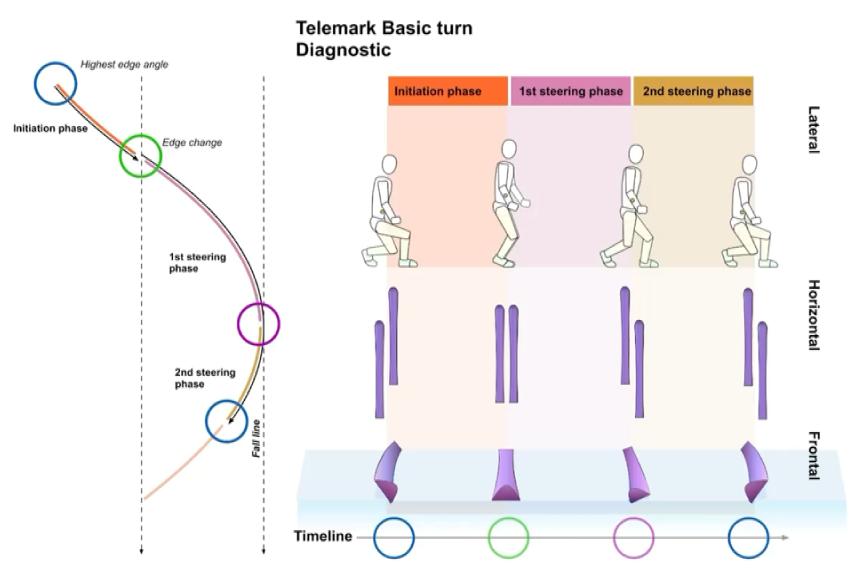
When describing timing, we are trying to answer the following 3 questions:
When does the movement happen? ∙

With how much intensity is the movement performed?
∙ What is the direction and range of movement?
Dividing the turn into phases makes this easier to assess. The quality of the outcome often depends on the timing of:
• The lead change • edging / flattening of the ski
Basic Turn

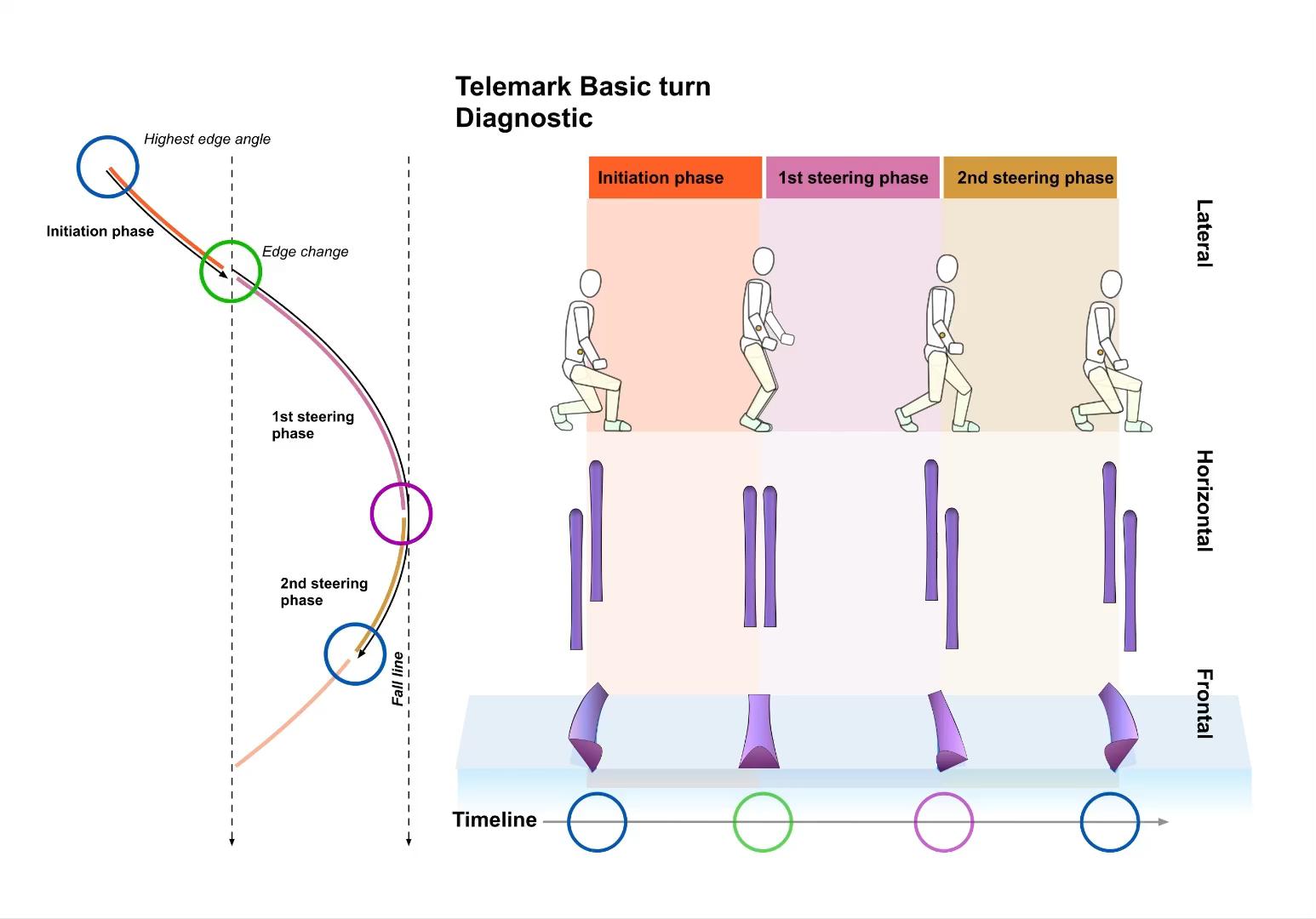
Timing reference form “extention turn”
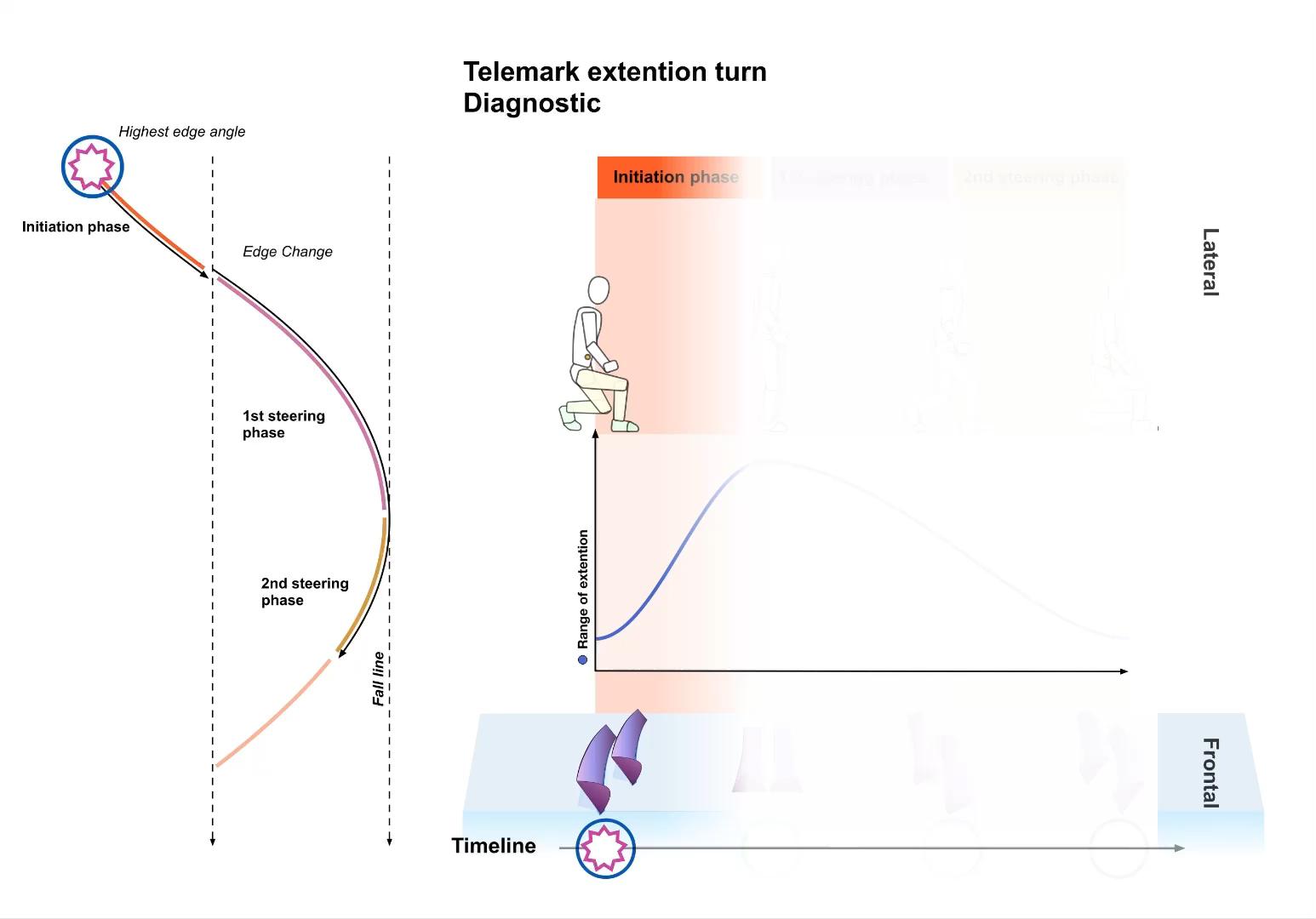

Timing reference form “flexion turn”
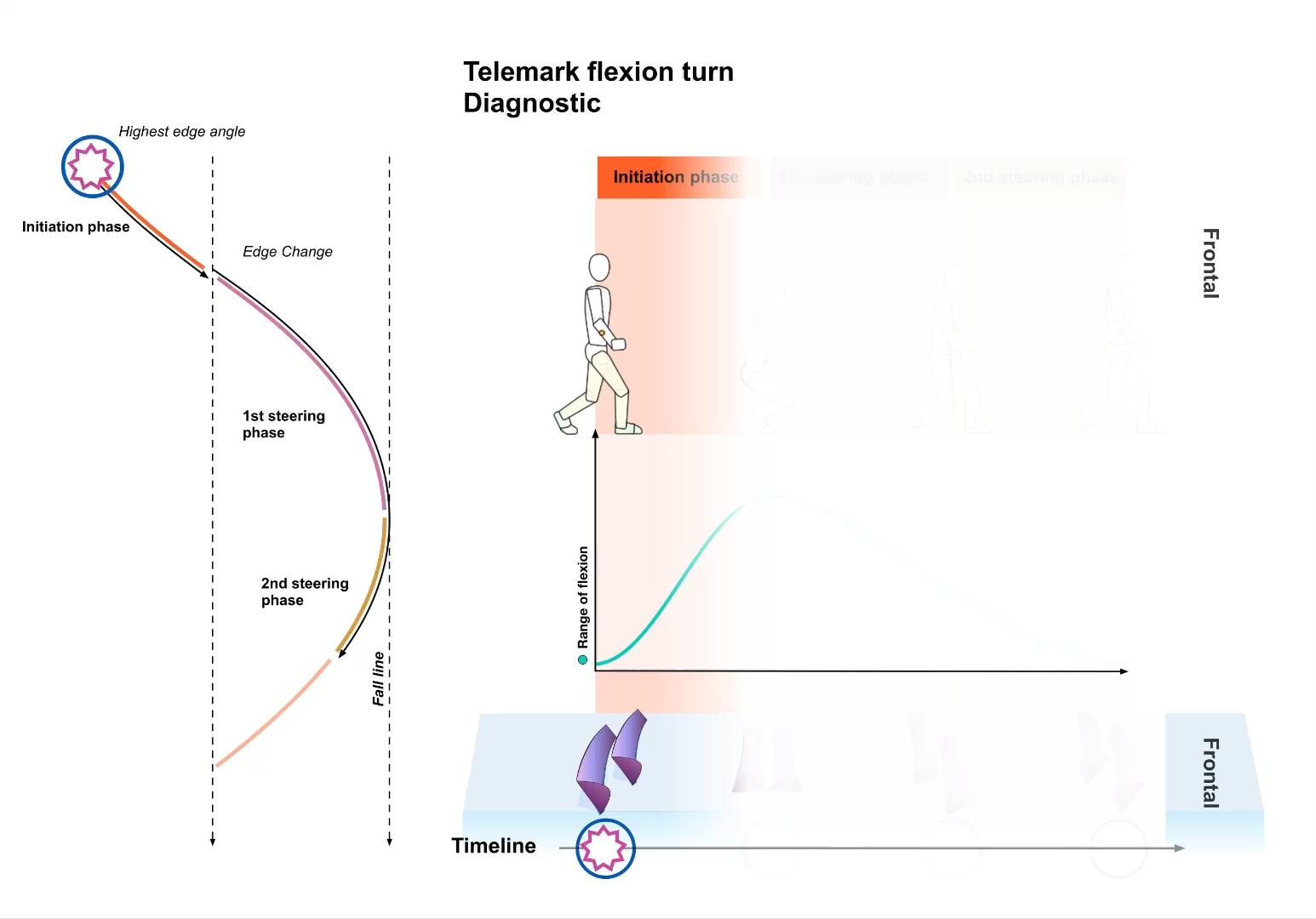

Timing reference form “inclination turn”
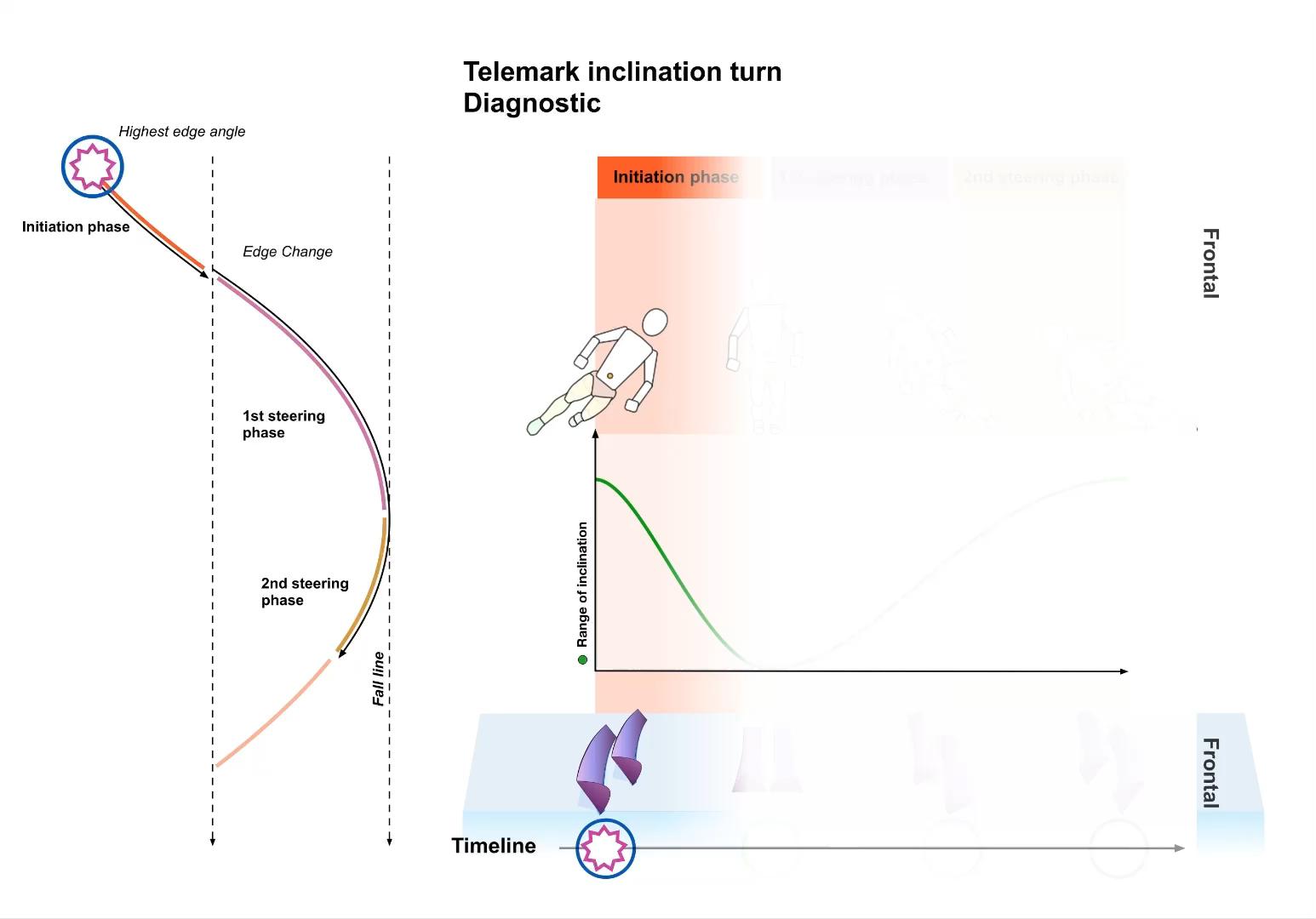

Timing reference form “rotation turn”
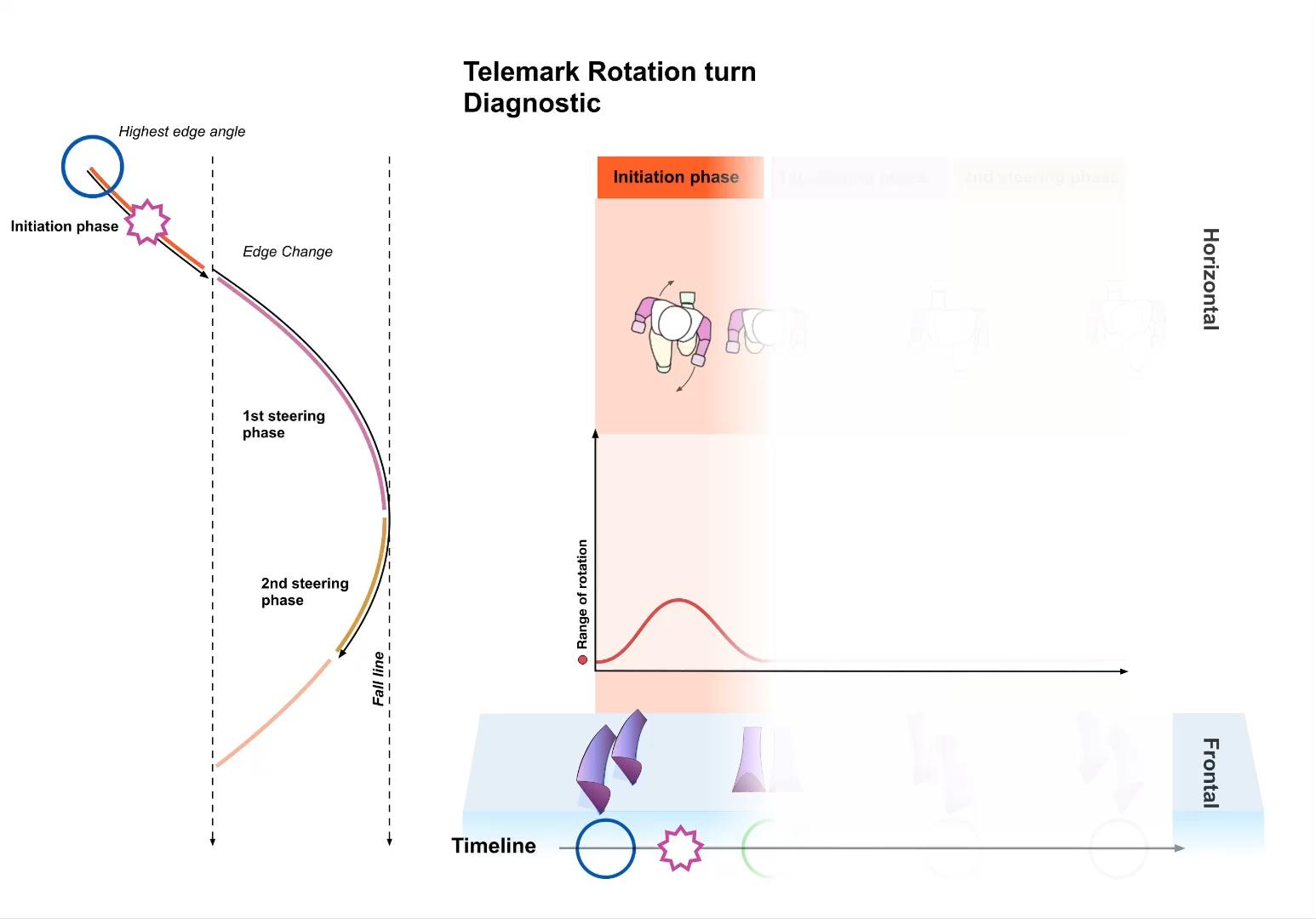

Conclusion II
∙

Telemarking allows us to experience a larger range of movements than alpine skiing does ∙
Displacing our COM to the confines of our base of support can allow us to gain more confidence and tackle harder terrain
∙ There are as many paths to improved performance as there are telemarkers, but some timing cues and movement references can help learners along the way and… ∙ Animated graphics can be helpful in understanding the timing of movements
Questions?


Thanks for listening…and thanks for «rad bugging» with us!

Sam & Fred

